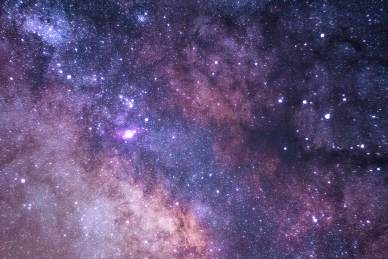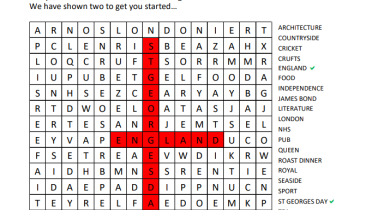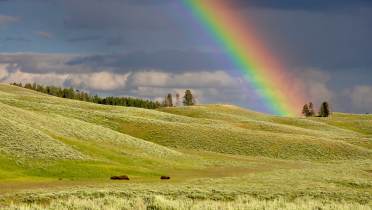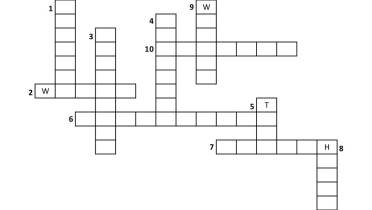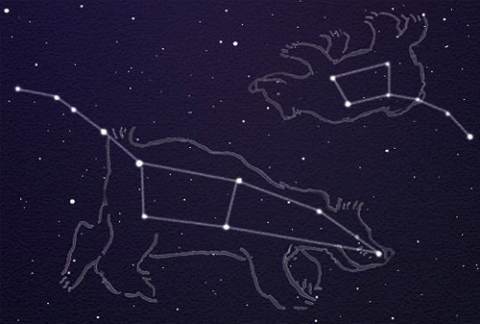
Astronomers have spent thousands of years studying the night sky and documenting the vast area that is space, so that we can understand and enjoy its incredible sights. It can take up to 30 minutes for your eyes to adjust to the dark, but once adjusted, there’s a whole world for you to explore. In fact, on a clear night, it’s possible to see over 2,000 stars from Earth. You don’t need high-end, expensive telescopes to enjoy the view.
Here are some top tips to help you with stargazing:
- Avoid street lights, or any bright lights. Getting somewhere high up and remote so it is as dark as possible is recommended.
- If you don’t have access to a telescope and want to see more than just with the naked eye, binoculars are a great alternative.
- Colder, crisp winter nights are when you will tend to see the stars shine the brightest, but stars can be seen all year round.
- Avoid the full moon – star searching is best when the moon is a crescent or not present at all.
- Learn the skies. The best way to start star gazing is learn the constellations or know what planets to look out for and when. Don’t forget, stars sparkle and planets do not. There are a few apps you can download on your phone to help you identify the different constellations (Star Walk: Download on Apple or Android), but below are a few of the well-known constellations to help you get started.
If you need help with how to download an app, take a look at our handy guides for the App Store (Apple) and Google Play (Android).
What is a constellation?
Constellations are patterns of stars. There are 88 recognised constellations in the sky, which are historically named after objects, animals and mythological characters. Here are a few constellations that are viewable in the northern hemisphere.
Looking North:

Ursa major and Ursa minor
Ursa major and Ursa minor actually mean “great bear” and “smaller bear” and can be found close together in the night sky. The North star can be seen at the tip of the “smaller bear’s” tail and is sometimes referred to as the “little Dipper” as it looks like a cup with a long handle.
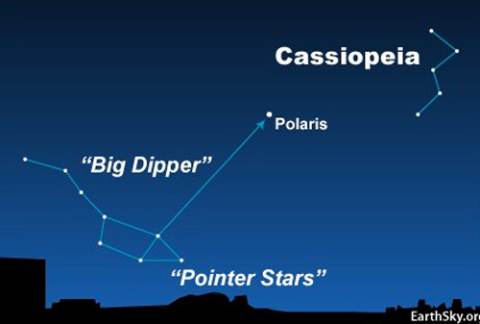
Cassiopeia
Named after the queen of Aethiopia who boasted about her unrivalled beauty, the constellation looks like a large “W” shape.
Looking South:
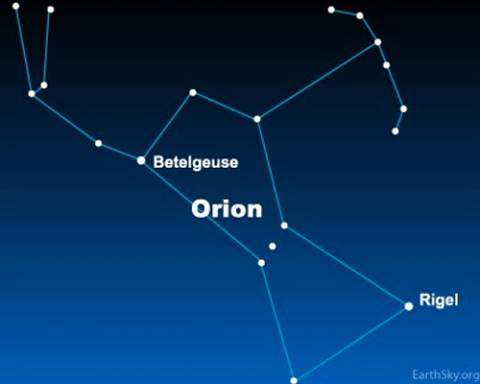
Orion
The Orion constellation is one of the most well-known of the constellations and is one of the brightest. Orion is often referred to as “Hunter” as the constellation represents the mythical hunter Orion who is facing a number of animals including the bull “Taurus” and 2 hunting dogs “Canis major” and “Canis minor”.
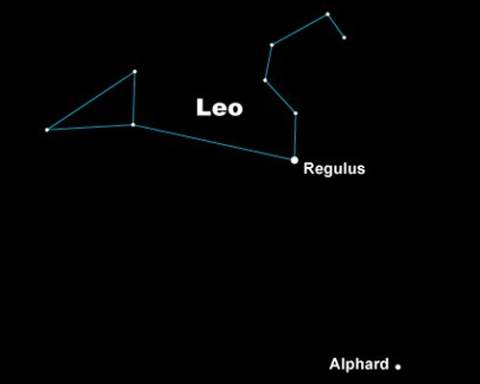
Leo
Visible in the northern and southern hemisphere, Leo, Latin for “lion” is said to be one of the most easiest constellations to spot.
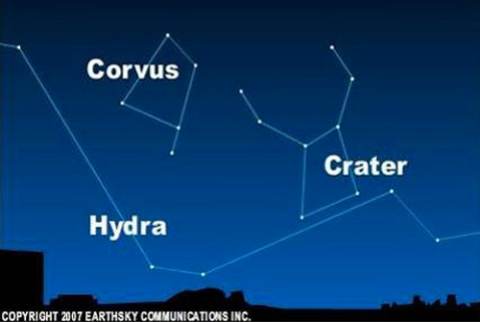
Hydra
Named after a water snake, this is the largest and longest constellation and is often referred to as the “sea serpent”.


